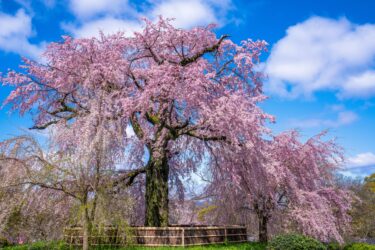With so much to see and do, planning your visit to Kyoto can be overwhelming. To help you make the most of your time, we’ve put together a 3-day itinerary that covers the must-see sights and experiences in this captivating city.
Day 1: Kyoto’s Gilded History
Morning
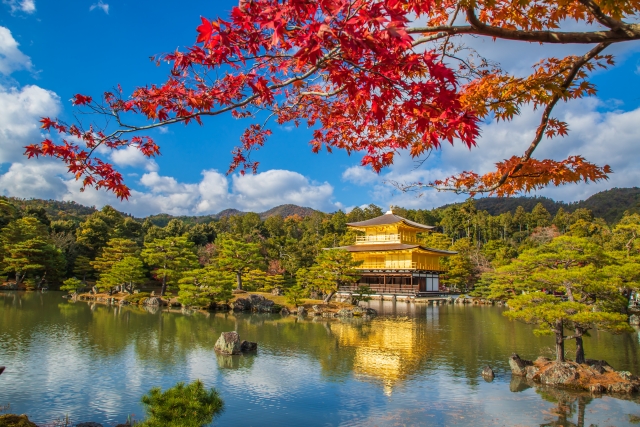
Begin your day early with a visit to the stunning Kinkaku-ji Temple, also known as the Golden Pavilion. Marvel at the shimmering gold leaf-covered exterior of this iconic Zen temple, set amidst lush greenery and a tranquil pond.
After exploring Kinkaku-ji, it’s simplest to take a taxi (about 25 minutes) to Ginkaku-ji Temple, also known as the Silver Pavilion (although this temple is not actually silver in color). Admire the temple’s elegant gardens and the architecture of its multiple buildings, set against the backdrop of the Higashiyama mountains.
From Ginkaku-ji, you can head out on a scenic walk south along the Philosopher’s Path, a picturesque trail that follows a canal lined with hundreds of cherry trees. This tranquil walk will lead you to Nanzen-ji Temple, a Zen temple known for its beautiful architecture and expansive grounds near the elegant arches of Kyoto’s old aqueducts.

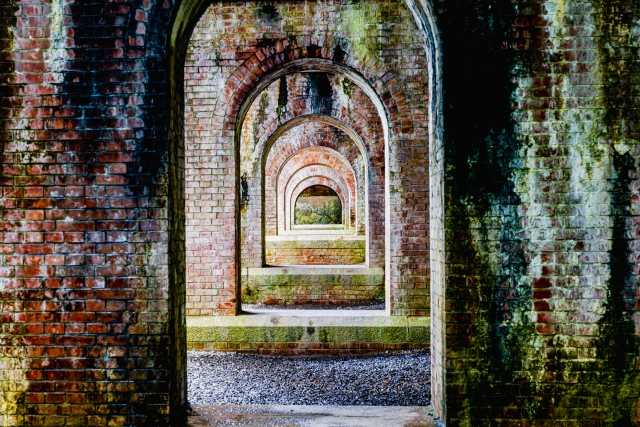
For lunch, head to downtown Kyoto near Sanjo Station, where you’ll find a variety of dining options ranging from traditional Japanese cuisine to international fare.
Afternoon
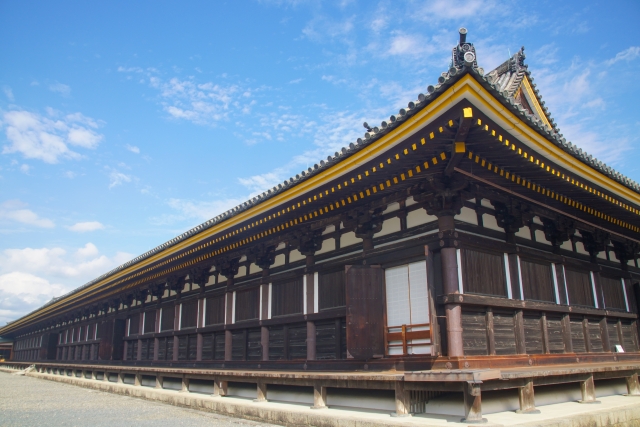
In the afternoon, take the Keihan Line south to visit Sanjusangendo Temple, famous for its breathtaking 1,001 statues of Kannon, the Buddhist goddess of mercy. Marvel at the exquisite craftsmanship of each 11th and 12th century statue as you explore this historic temple.
Continue your cultural exploration with a visit to the Kyoto National Museum, home to a vast collection of artifacts and artworks that are absolutely worth a look.
Day 2: Bamboo and Culinary Gardens
Morning
Beat the crowds by starting your day early in the serene district of Arashiyama, to the east of Kyoto’s city center. This area is especially popular with tourists, particularly during peak seasons like the cherry blossoms in spring and autumn leaves in the fall, but you can catch a glimpse of it in peace if you head out before too many visitors arrive later in the day. Begin with a peaceful stroll through the Arashiyama Bamboo Grove, where towering bamboo stalks create a natural canopy, casting a mesmerizing light and shadow play.

Next, visit Tenryu-ji Temple, a UNESCO World Heritage Site renowned for its beautiful garden and historic buildings. You may want to take a moment to sit and admire the mini landscape created by the garden here.

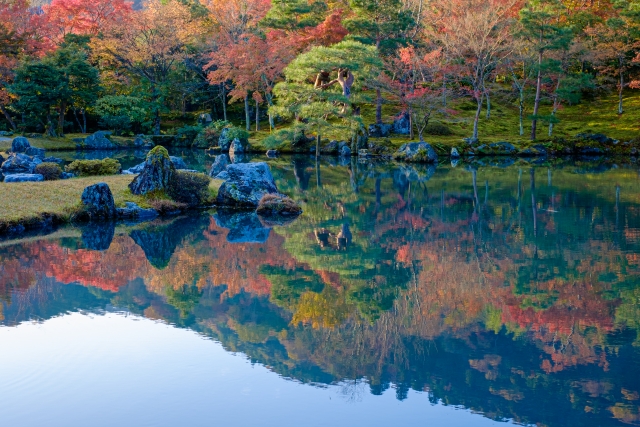
For those seeking a unique wildlife experience, you may also want to consider a visit to the nearby Iwatayama Monkey Park, where you can see wild Japanese macaques.
After a morning of exploration, head back to Shijo, Kyoto’s vibrant downtown area, for a well-deserved lunch. Indulge in a variety of local delicacies at one of the many restaurants or cafes in the area.
Afternoon/Evening

In the afternoon and evening, continue your journey with a visit to Nijo Castle, a symbol of the power and wealth of the Tokugawa shogunate. The castle has some incredible features, including its grand and intricately carved gates, and its famous “nightingale floors” designed to alert occupants of intruders.
Next, it’s a visit to the bustling Nishiki Market, often referred to as “Kyoto’s Kitchen.” Here, you can sample a variety of local specialties, including fresh seafood, pickles, and sweets (see here for more details and tips on visiting Nishiki Market).

For the rest of the evening, you can explore the surrounding streets of Shijo Karasuma and Kawaramachi, known for their shops and boutiques offering traditional crafts, souvenirs, and more.
Day 3: More of Kyoto’s Icons

On your final day in Kyoto, start with a visit to the iconic Kiyomizu-dera Temple, a UNESCO World Heritage Site renowned for its great wooden stage that offers panoramic views of the city.
You won’t want to miss the charming streets of Ninenzaka and Sannenzaka on your way to the temple, lined with traditional shops and cafes housed in beautifully preserved machiya buildings. After exploring Kiyomizu-dera, head back downhill along Gojo-zaka and Chawan-zaka (“Rice Bowl Hill,” a name given for its history with Kyoto ceramics).
Afternoon
In the afternoon, make your way to the breathtaking Fushimi Inari Taisha, famous for its thousands of vermilion torii gates that lead up the sacred Mount Inari. Begin your ascent through the torii gates, soaking in the mystical atmosphere and enjoying the serene beauty of the forested mountain, even if you don’t go all the way to the top, as its quite a hike. There are a number of shops at the base of the shrine that you’ll want to save time to peruse, too.

Evening

As the day transitions into evening, return north to Gion, Kyoto’s historic geiko (geisha) district. Take a leisurely stroll along Hanamikoji Street, known for its beautifully preserved machiya houses and traditional tea houses. Keep an eye out for geisha and maiko, who can often be spotted on their way to evening engagements, but be sure to be respectful, and watch them from afar.
Practical Tips:
Footwear: Wear comfortable shoes for walking, as some of the streets in this guide are hilly and uneven, and you’ll be walking quite a bit.
Timing: Visit “morning” locations early in the morning when possible, to get an experience away from the crowds.
There is no perfect guide to see all of Kyoto’s sites, but this three day itinerary offers a start to experience some of Kyoto’s most magnificent cultural and historical sites, and to get a taste of its modern central areas as well. If you have more time, of course, Kyoto has much more to offer, but we hope you enjoy your time here, no matter your schedule.





